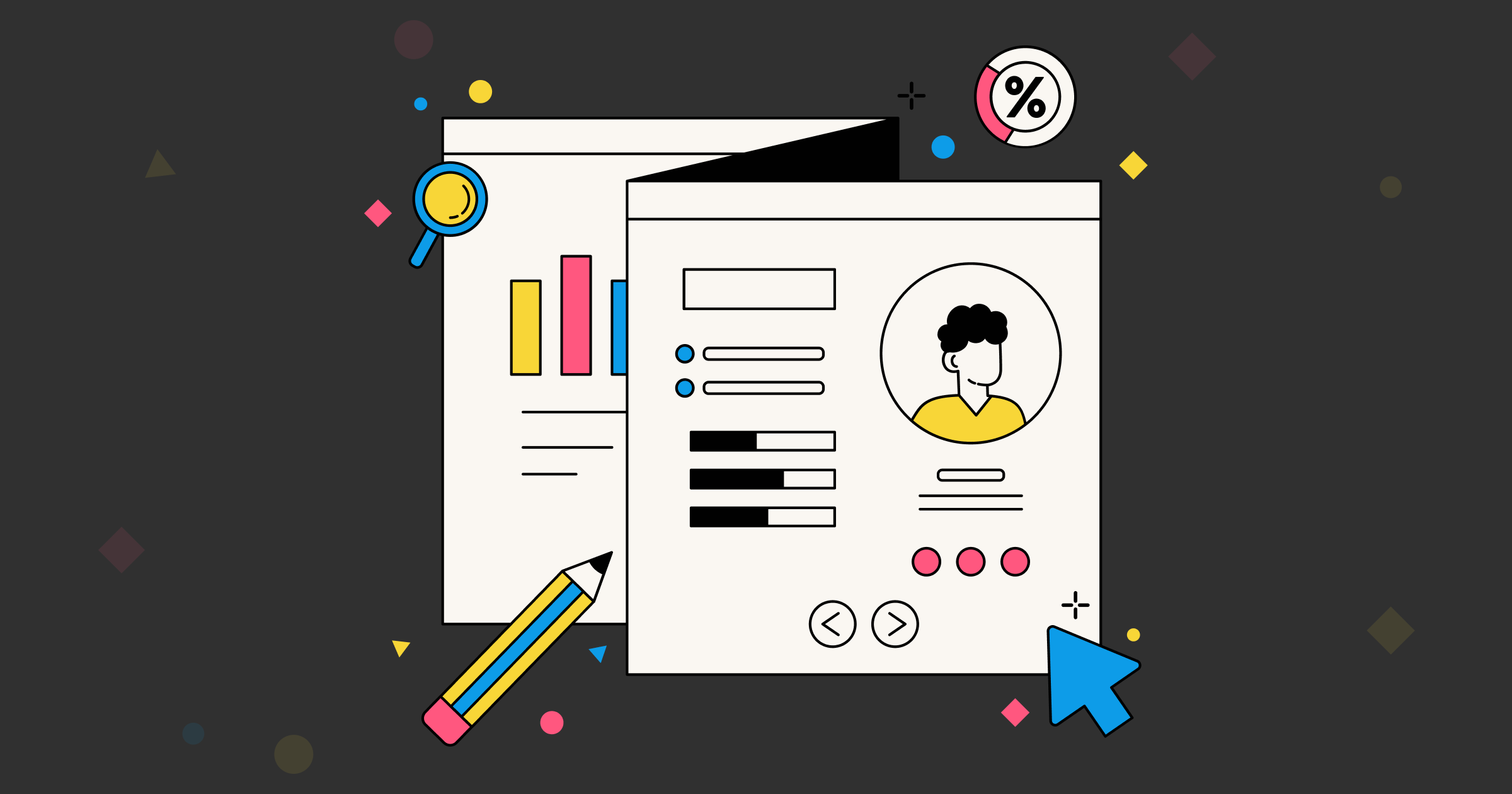Jobs to be Done

"Jobs to be Done" (JTBD) theory that suggests users "hire" products to perform a specific "job" or meet a need for them.
For example, a user might "hire" a platform like Instagram to share their life's moments visually, or use LinkedIn to network professionally.
Let’s look at it in the context of social media apps:
- Identify the Job: Understand what tasks or needs your users are trying to fulfill using your social media platform. This could be accomplished through user feedback, surveys, or studying user behavior and interactions.
- Define the Job: Clearly state the job in a way that captures its essence. Instead of saying "post a status", say "connect with friends by sharing life updates".
- Design for the Job: Consider the functional aspects of the job, as well as the emotional and social context for the user.
By focusing on the "job" that users want done, you can better tailor your client to the user's real needs.
Why Jobs to be Done is Significant
JTBD essentially states that what businesses see as competitors is different from what users see as competitors to your app. You have far more competitors than you think, but also your potential market share is also much larger.
When McDonalds tried to sell more milk shakes, they looked at their existing competitors and invited people who fit their milk share customer profile to come into their offices for a chat. There, they asked customers all sorts of questions to try to figure out how to sell more milk shakes. Upon implementing the suggestions, the sales did not budge. What gives?
It turns out, milk shakes customers were not comparing the McDonald’s milkshake to a close competitor shake. Instead, they were hiring the milk share to fill the time it took them to drive to work. The real competitor to the milkshake is everything else that can be ingested early in the morning - bananas, yogurts, candy, or any other junk food imaginable.
Focusing on features and their impact alone is not sufficient to address the user’s needs. All users hire apps for specific reasons which you as a designer and developer can address directly.
Let’s look at the types of jobs a user might hire to do in the context of social media:
- Connect with Friends and Family: Users hire social media to keep in touch with loved ones, see updates from their lives, and share personal news or updates.
- Discover News and Information: Social media apps can be used to stay updated on news, learn about recent events, or discover information on a variety of topics.
- Entertainment: Users often hire social media for entertainment, whether it's watching videos, browsing memes, or catching up on celebrity news.
- Professional Networking: Platforms like LinkedIn are hired to connect with professionals, search for jobs, and share professional achievements.
- Learn New Skills: Users can hire social media platforms to learn new things, whether it's cooking techniques on Pinterest, dance moves on TikTok, or photography tips on Instagram.
- Inspiration and Motivation: Whether it's fitness, travel, or personal growth, users hire social media apps to find inspiration and motivation.
- Community Building: Users hire social media to join communities of people with similar interests, participate in discussions, and feel a sense of belonging.
- Self-expression: Users hire social media platforms to express themselves, share their work, thoughts, or showcase their personality.
- Product Research and Shopping: Many users turn to social media for product reviews, discovering new brands, and even for direct shopping through social commerce features.
- Promote a Cause or Movement: Users hire social media to raise awareness, advocate for causes they care about, and mobilize support.
Apply JTBD
- Identify Jobs - Brainstorm possible jobs for your app considering your target audience and unique value.
- Customer Research - Conduct interviews, surveys or focus groups with potential users to understand their needs and motivations.
- Define the Jobs - Analyze research and define the main jobs from the user's perspective.
- Rank the Jobs - Prioritize jobs based on frequency, importance, and satisfaction to focus on significant jobs.
- Design - Develop features for the most critical jobs considering functional, emotional and social aspects.
- Prototype and Test - Create a prototype and conduct usability tests. Gather feedback and refine your design.
- Launch and Monitor - Launch your app and monitor user behavior and feedback. Look for new emerging jobs.
- Iterate and Improve - Based on feedback and data, continually iterate and improve your app, reassessing the jobs as your user base evolves.